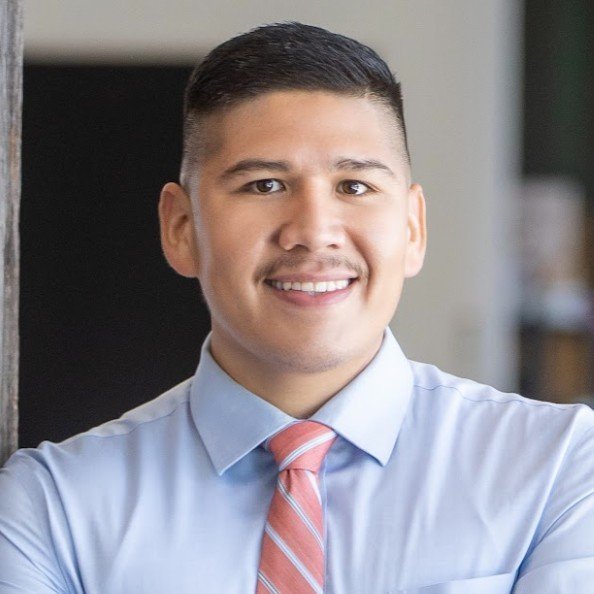Bridging the Gap with Faculty & Staff
5 Strategies for Engaging Faculty in College and Career Readiness
by Vincent Alvarez
The Importance of Faculty Collaboration
School had just ended and I found myself facing a classroom full of dedicated teachers who had volunteered to stay late, drawn by the promise of better preparing their students for life after high school. Their eager faces reminded me why I, as a high school counselor, had initiated this after-hours professional development series on the college admissions process – because equipping our students for their future is truly a team effort.
Engaging teachers, counselors, and administrators is essential for creating a cohesive support system that truly prepares students for life after high school.
5 Key Strategies for Engaging Faculty in College and Career Readiness
1. Paint the Big Picture, But Keep It Personal
Start by helping teachers see why college and career readiness matters - not just for the school, but for individual students. Show them how their everyday work in the classroom can change a student's future.
2. Speak Their Language, Not Counselor-ese
Avoid jargon and break down complex concepts. Not everyone in the building will know what “ED” stands for or what an FSA ID is. Focus on how the skills they're teaching connect to college and career success.
3. Make Your Office/Classroom the Place to Be
Position yourself as a resource rather than another task on their to-do list. Be the go-to person for questions about college tours or connecting lessons to real-world careers. Make it easy and beneficial for teachers to engage with college and career prep.
4. Bring the Real World into Their World
Help teachers see how their subject connects to students' futures. Brainstorm ways to bring college and career discussions into their specific classes. Encourage connections between current lessons and future applications.
5. Celebrate the Small Wins
At the end of our time together in the sessions mentioned above, teachers would have helped students enroll in summer enrichment programs, or apply to college access programs. Whether it's a shoutout in a staff meeting or a simple thank-you note, acknowledging their contributions keeps teachers engaged and motivated.
Overcoming Challenges in Faculty Engagement
Building strong relationships with faculty takes time and effort. It's an ongoing process that requires patience, persistence, and willingness to adapt. By consistently making myself visible throughout the school, from hallway chats to impromptu classroom visits, I fostered connections that proved invaluable when students needed last-minute recommendations or sought insights about specific colleges from their teachers.
The Impact of Successful Collaboration
When school faculty and the college and career office work together, we see remarkable outcomes. Students become more engaged in their academic work, set ambitious yet achievable goals, and feel more confident about their post-high school plans.
Conclusion: Empowering Students for Future Success
By fostering a collaborative environment where everyone understands the importance of college and career readiness, we create a powerful support system for our students. When faculty members are actively engaged, students receive consistent messaging and support throughout their high school journey.
By bridging the gap between academics and future planning, we're empowering students to become lifelong learners and successful adults. And that, ultimately, is what education is all about.
#CollegeAccess #CareerReadiness #FacultyEngagement #HighSchoolCounseling #StudentSuccess #EducationCollaboration #CollegeAndCareerPlanning #SchoolCommunity #ProfessionalDevelopment #AcademicAdvising
Vincent Alvarez
Vincent is a first gen grad of USC (Fight on!). He has spent his entire career on the frontlines of the educational equity battle. With nearly a decade of experience in the college access space, he is a fierce advocate for higher education and is an expert at helping students and families navigate the complex college admissions process. His expertise lies in college and career planning, financial aid planning, and serving as the bridge that connects community with opportunity. He currently works at the City Colleges of Chicago as the Director of Apprenticeships and Work-Based Learning learning, where he brings together education and industry, helping students gain essential job skills and employers to meet workforce needs. Vincent lives in Chicago with his wife, daughter, and puppy, Frida. He is an avid reader, sports fan (Niners, USC, Warriors), and the family chef!



